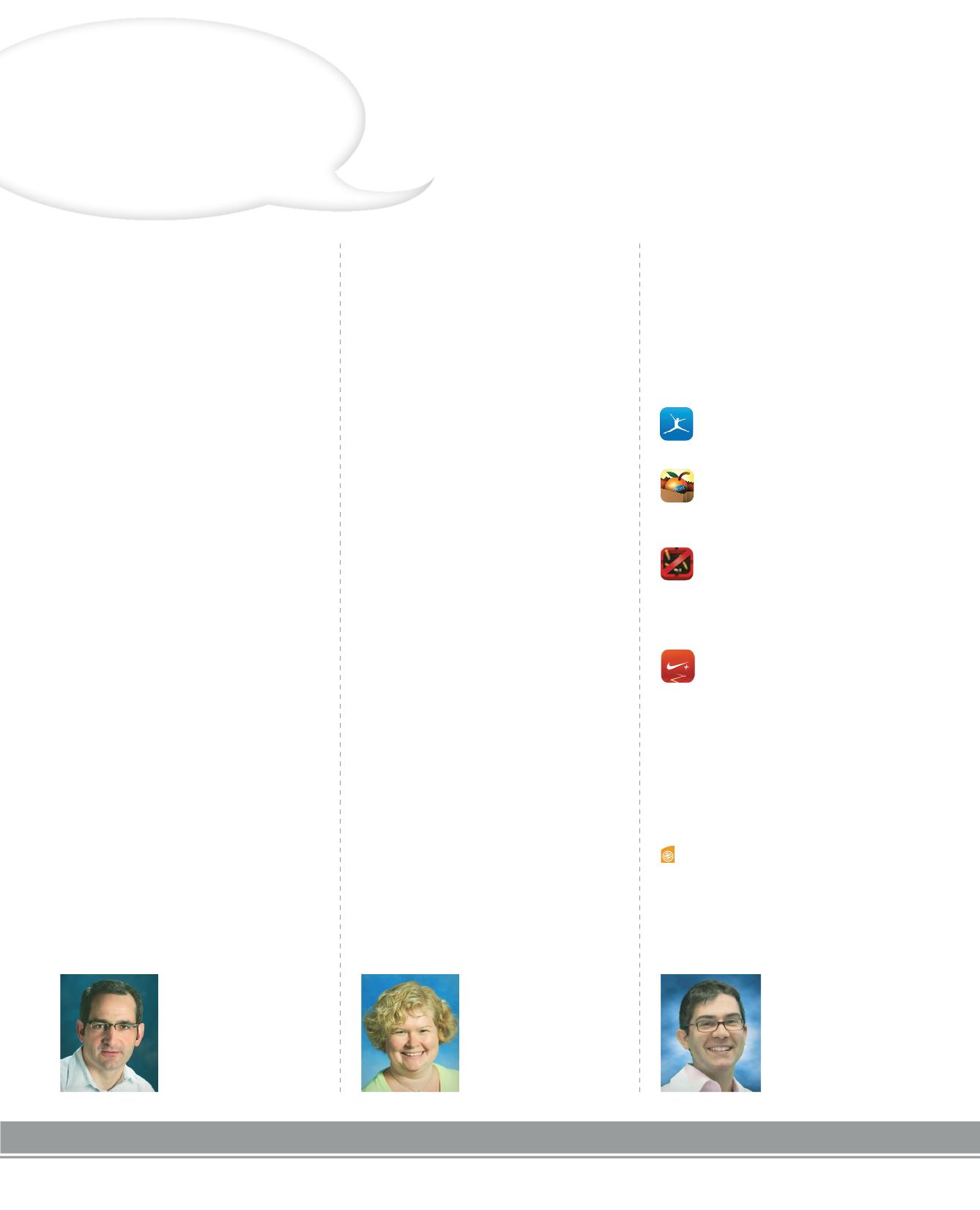
askAAMC.org «
19
ask
theexperts
Q&A
Health and Wellness Advice From AAMC
Q
How much salt should I eat?
A
The
Dietary Guidelines for Americans
recommends limiting sodium to less
than 2,300 mg a day—or 1,500 mg if
you’re older than 50, black, or if you have
high blood pressure, diabetes or chronic
kidney disease. But the average American
gets about 3,400 mg of sodium a day—
much more than recommended.
Eating food high in sodium can make
blood pressure go up, which significantly
increases the risk for heart disease,
peripheral artery disease and stroke. Most
of the sodium in our diets comes from
the prepared foods we buy at the grocery
store or at restaurants—not from our
saltshakers. In fact, more than 40 percent
of the sodium we eat comes from just
10 food categories. Some of the chief
culprits may surprise you:
›
›
bread and rolls
›
›
pizza
›
›
poultry
›
›
soups
›
›
sandwiches
›
›
cheese
›
›
pasta dishes
›
›
meat dishes
›
›
savory snacks
›
›
cured meats
If you aren’t sure how much sodium
your diet should include, talk to your
doctor or dietitian.
Source: Centers for Disease Control and Prevention,
U.S. Department of Health and Human Services
SALT
HEALTHY KIDS
TECH-SAVVY
Stephen F. Stanziale,
MD,
is a board-certified
vascular surgeon with
Cardiology Associates.
For an appointment at his
offices in Annapolis or
Chester, call
410-571-8430
.
Ettaly Jobes, MD,
is a board-certified
pediatrician with
Chesapeake Pediatrics
in Annapolis. For an
appointment, call
410-224-3663
.
David Afzal, DO,
is
board-certified in
family medicine. For
an appointment at his
office in Waugh Chapel,
call
410-721-1507
.
Q
How can I help my child trim down?
A
Here is some good advice on what
to do—and not do—if your child’s
health is at risk because of extra pounds.
Do:
›
›
Be careful about bringing sugary sodas
or calorie-packed foods into your
home. Instead, stock up on fruits,
veggies, whole grains, and low-fat
dairy products.
›
›
Make sure your child gets at least one
hour of physical activity on most days.
›
›
Ask your child’s doctor how to help
your child drop pounds.
Don’t:
›
›
Single out your child. Make eating well
and moving a family priority.
›
›
Let your child skip breakfast. Without
it, your child may feel hungry and
tired and may grab whatever is readily
available to eat—including high-calorie
foods—later in the day.
›
›
Banish snacks. Just serve the right
ones—say, air-popped popcorn or
fresh fruit.
›
›
Let your child be tethered to
technology. Limit screen time to no
more than two hours.
Sources: Academy of Nutrition and Dietetics;
American Academy of Pediatrics; Centers for Disease
Control and Prevention; National Institutes of Health
Q
What health apps do
you recommend?
A
There are so many apps for
improving habits, tracking exercise
and losing weight, it can be difficult to
choose. Here are a few of my favorites.
If you are trying to lose or
manage your weight,
MyFitnessPal
is great for tracking calories.
Fooducate
helps you eat healthy
by grading your food, explaining
what’s really inside each product and
offering healthier alternatives.
QuitPro
is a smoking cessation
tool. It tracks how many cigarettes
you haven’t smoked, how many days/
months/years you’ve added to your life,
and how much money you’ve saved.
My personal favorite is the
Nike+
running app. It allows you
to share your run (or walk) with people
on Twitter, Facebook and other social
media sites. The idea is the more you
share with other people, the more likely
you are to follow through. You can see a
map of your run, log your times, and see
your progress.
Stay connected with AAMC via
Facebook, Twitter and YouTube. You can
also subscribe to an e-newsletter or
follow our blog. It’s all in one place: Visit
askAAMC.org
and click on “Get Social.”


